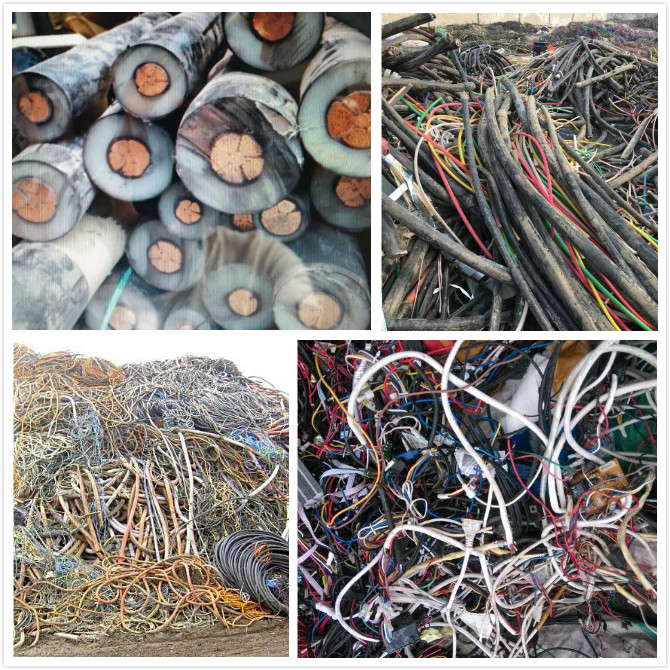
8 月 . 28, 2024 15:42 Back to list
Eddy Current Waste Separation Revolutionizing Recycling Processes
In recent years, the pursuit of sustainable waste management practices has become increasingly pressing, driven by the need to address environmental challenges posed by growing waste generation and landfill overflow. One promising technology that has gained momentum in this field is eddy current waste separation. This innovative approach utilizes the principles of electromagnetic induction to efficiently segregate non-ferrous metals from mixed waste streams, thereby enhancing recycling efforts and reducing environmental impact.
At the heart of eddy current separation lies the technology that exploits the electrical conductivity and magnetic properties of certain materials. When a conductor, such as aluminum or copper, passes through a magnetic field, it induces swirling currents known as eddy currents. These currents generate their own magnetic fields and result in a magnetic repulsion that can effectively propel non-ferrous metals away from other materials.
The primary advantage of eddy current separation is its efficiency. Traditional methods of metal separation often rely on manual sorting or less effective mechanical systems, which can be labor-intensive and prone to errors. Conversely, eddy current systems operate continuously and can handle substantial volumes of waste with minimal human intervention. This not only increases processing speed but also significantly improves recovery rates for valuable materials, making recycling more economically viable.
Implementing eddy current separation in recycling facilities offers a multitude of benefits. Firstly, it ensures that non-ferrous metals, which are increasingly valuable due to their applications in various industries, are effectively recovered. The rise in prices for metals like aluminum and copper has heightened the need for efficient recycling processes. By utilizing eddy current separators, recyclers can enhance the purity of the recovered metals, thus commanding better prices in the market.

Moreover, the environmental implications of this technology are profound. By improving the separation and recovery of recyclable materials, eddy current systems contribute to reduced reliance on virgin resources. This plays a crucial role in minimizing the energy consumption and environmental degradation associated with mining and refining processes. Consequently, the adoption of such technologies aligns with global sustainability goals and supports the transition toward a circular economy, where resources are reused and repurposed rather than discarded.
Additionally, the versatility of eddy current separators allows them to be integrated into a variety of waste processing operations, from municipal solid waste management to industrial recycling facilities. They can be employed to sort a wide range of materials, including electronics, beverages containers, and more. This flexibility makes them an attractive option for advancing recycling capabilities across different sectors.
However, the implementation of eddy current technology is not without its challenges. Initial investment costs for the equipment can be significant, and facilities may need to adapt their existing infrastructure to accommodate new systems. Nevertheless, the long-term benefits in terms of increased recovery rates and reduced landfill contributions far outweigh these initial expenditures.
In conclusion, eddy current waste separation represents a transformative force in the realm of recycling and waste management. By leveraging advanced electromagnetic technology, it enhances the efficiency and effectiveness of material recovery processes. As industries and municipalities worldwide continue to grapple with waste challenges, investing in innovative solutions like eddy current separation will be crucial in fostering sustainable practices and promoting a greener future. The potential for improved recycling rates and reduced environmental impact positions this technology as a key player in the sustainability landscape.
Latest news
Unveiling the Power of Eddy Current Separator
NewsSep.25,2024
Transform Your Home Recyclin:home metal shredder
NewsSep.25,2024
The Future of Waste Management with Recycling Line Picker
NewsSep.25,2024
The Benefits of a Metal Recycling Plant
NewsSep.25,2024
Revolutionize Material Separation with Onwang Technology
NewsSep.25,2024
Innovative Waste Management: Unveiling the MSW Sorting Plant
NewsSep.25,2024